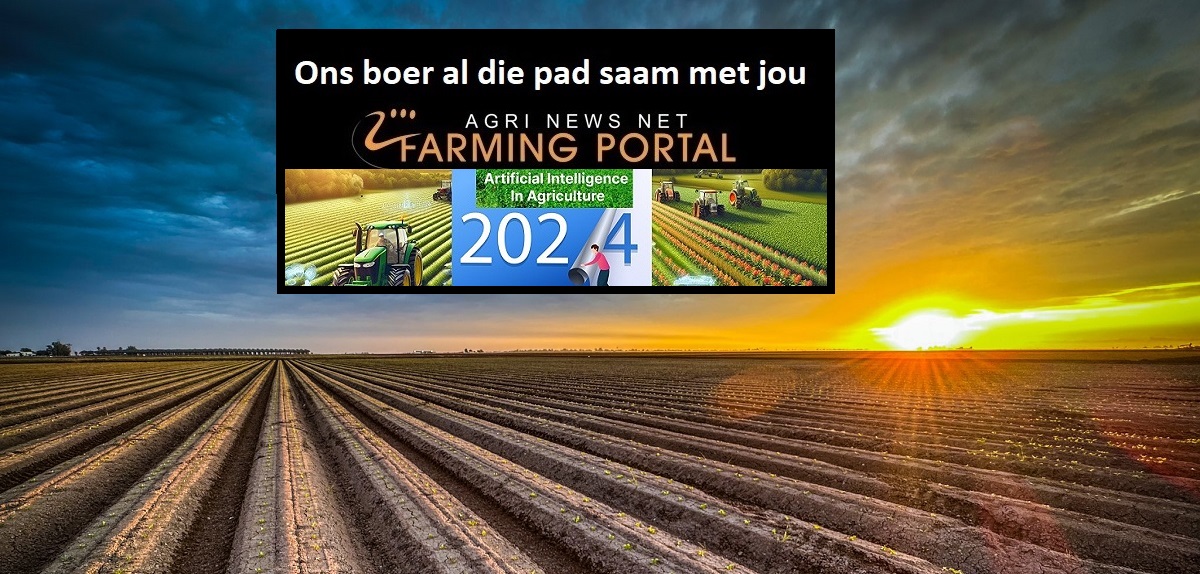It cites the promising return of consumer desire for travel experiences, with wineries across the globe hopping on a big trends for “immersive experiences” and culinary tourism to offer food pairings, tasting events, workshops and vineyard tours, which it says are “highly appeal[ing] to consumers looking for unique and hands-on activities” or partner with local restaurants and chefs to improve the overall visitor experience.
The demand for authentic and immersive experiences “elevated the need for winery visits and tastings” which currently account for around 34.6% of the value share.
In addition, wineries are increasingly adopting sustainable and organic practices which attracts eco-conscious tourists.
Drilling into the data, the report highlighted that direct bookings through winery websites represent a significant share of revenue (around 38.7%), although social media and and virtual experiences were making wine tourism “accessible and engaging”, it noted. Advances in technology can also be used to augment reality and personalize visitor experience while streamlining operations, it noted.
In terms of countries on the list, Europe dominated, however countries that are expected to see growth wine tourism include those in Asia-Pacific region, particularly India and China while Moldova, Georgia, and Croatia are also attracting attention alongside the more obvious destinations of France, Italy, and Spain (notably Rioja and Priorat).
Recovery
It comes despite the negative growth due to the Covid 19 pandemic, which was valued at US$85.36 million in 2019, but fell -0.1% as a result of the pandemic and worldwide lockdown which saw stringent travel restrictions across the globe, along with the cancellation of numerous events, and many wineries stopping taking in visitors. By 2023, wine tourism was worth around US$85.14 million.
Recovery was slow, and was followed by high inflation and rising costs of living which helped deter potential tourists – including wine lovers – from leisure travel.
 Wine in the desert - South Africa
Wine in the desert - South Africa
The Future of Wine in 2030: Sales, Production, and Usage Trends
The global wine industry is undergoing rapid transformation, driven by technological advancements, climate change, shifting consumer preferences, and sustainability concerns. By 2030, the wine sector will look significantly different, with changes in production, sales strategies, and consumption patterns shaping its future.
Production Innovations and Challenges
-
Climate Change and Vineyards
Rising temperatures and unpredictable weather patterns are pushing winemakers to adapt. By 2030, vineyards may shift to cooler climates, with regions like Canada, the UK, and northern Europe emerging as new wine hubs. Traditional wine-producing areas may rely on drought-resistant grape varieties and advanced irrigation technologies. -
Sustainable and Organic Winemaking
Sustainability will be a key focus. More wineries will adopt organic, biodynamic, and regenerative agriculture practices to minimize their environmental footprint. Technologies like AI-driven vineyard monitoring and precision farming will optimize water usage and crop health. -
Alternative Wine Production
The rise of lab-grown and synthetic wines will offer sustainable alternatives without the need for large-scale vineyards. Expect innovations in molecular fermentation and non-traditional wine ingredients to gain traction.
Sales and Distribution Trends
-
E-Commerce Dominance
By 2030, online wine sales will surpass traditional retail, driven by AI-powered recommendations, subscription services, and personalized virtual tasting experiences. Direct-to-consumer (DTC) models will flourish, reducing reliance on intermediaries. -
Blockchain and Wine Authentication
Counterfeit wines remain a significant issue. Blockchain technology will provide secure authentication and traceability, allowing consumers to verify a wine’s origin and quality through digital records. -
Smart Packaging and AI Integration
Augmented reality (AR) wine labels, smart bottles with freshness indicators, and AI-powered wine pairing apps will enhance consumer engagement and brand loyalty.
Changing Consumer Behavior and Usage
-
Health-Conscious Drinking
By 2030, consumers will demand lower-alcohol, no-alcohol, and functional wines infused with health-boosting ingredients such as adaptogens, CBD, and probiotics. The "mindful drinking" movement will continue to gain popularity. -
Personalized and Custom Wines
Advances in genetic testing and AI-driven taste profiling will allow consumers to create bespoke wines tailored to their individual preferences. -
Experiential Wine Consumption
The traditional wine bar experience will evolve into immersive wine tourism, virtual vineyard tours, and AI-guided tastings. Consumers will prioritize unique, memorable experiences over mere product purchases.
Conclusion
By 2030, the wine industry will be a dynamic blend of tradition and innovation. While climate change and sustainability challenges will reshape production, digital transformation and shifting consumer habits will redefine sales and consumption. The future of wine is not just about what’s in the bottle—it’s about how technology, science, and sustainability come together to create a new era of wine culture.















